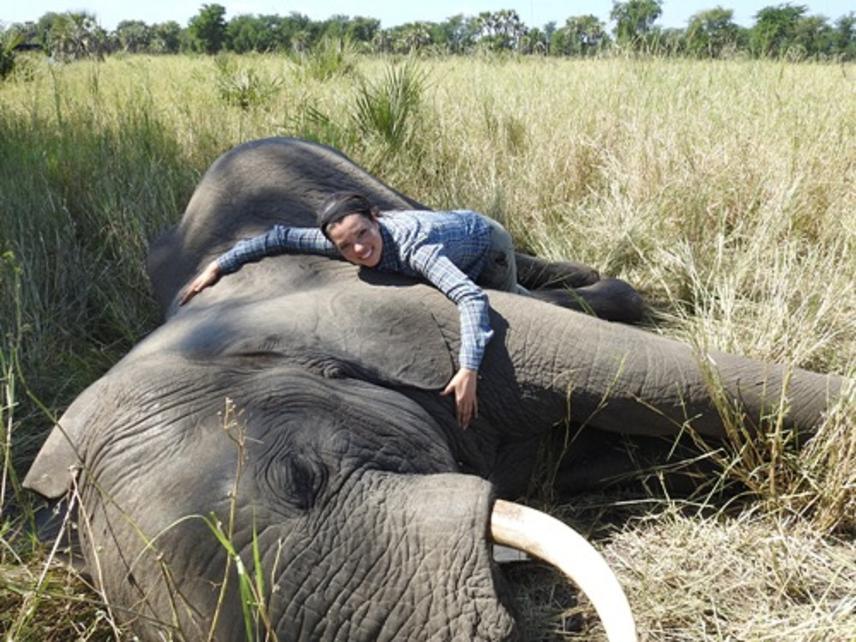Article featuring the project.
National Geographic How engaging local communities helps a wildlife veterinarian save elephants
Our project is the first to do a scientific analysis of the nature and extent of crop damage caused by elephants in the buffer zone of Gorongosa National Park, and to experimentally evaluate strategies for reducing such damage. Information on the frequency, severity and distribution of raiding events, as well as the results of mitigation trials, will be provided to the park for future management applications in the hopes of developing a long-term strategy that simultaneously facilitates the recovery and conservation of Gorongosa’s elephants and the well-being of the many farming communities that make their living around the Park’s borders.

"Gorongosa, I will say it now, is ecologically the most diverse park in the world" - E.O. Wilson
The recovery of Gorongosa National Park’s elephant population from decimation by war is an unparalleled conservation success story. Yet, a concomitant increase in crop-raiding by elephants along the boundaries of the park now threatens to undo restoration efforts.
To efficiently help to promote the coexistence of elephants and the communities living around the park it is important to understand the nuances of conflicts from both animal and human perspective. For example, how often crop-raiding events occur, time of the day and period of the year that the elephant’s raid more, preferred crops, humans’ attitude towards raiders, and reports of the real damage. For many complex reasons, it is not always easy or possible to quantify these variables, especially in situations where the community expectations of financial compensations for crop damage often make them magnify the real damage or report fake events. Collecting real data on conflicts is important as it will give us the basis to measure the effects of elephant deterrent strategies tested.
To understand the patterns of crop-raiding behavior we are monitoring the movements of 12 male elephants using satellite collars. All of them are crop-raiders. Along with this method, we stablished a daily reporting system where ten community members were trained to report conflict events, take GPS coordinates and measure damaged areas. By engaging local community members, we are already increasing the level of education and aware. And we believe that, by employing them, and demonstrating the importance of elephants while decreasing the number of crop-raiding events, we can change people’s perception and increase their tolerance to wildlife.
For the next part of the project, we will select the most affected areas and experiment three different methods to decrease elephant’s access to croplands: beehive fences, chili fences and a first-time trial using a combination of both called “spicy beehive fences”. The effectiveness of each trial will be measured by comparing the movement patterns of each collared elephant before, during, and after the trials, and by analyzing the level of avoidance of the “treatment” areas based on the GPS collar data. In addition, using the enumerators’ data we will be able to compare the number of reports on crop damage before, during, and after each trial. Results of all the analysis will be provided to the park for management decisions.
Article featuring the project.
National Geographic How engaging local communities helps a wildlife veterinarian save elephants